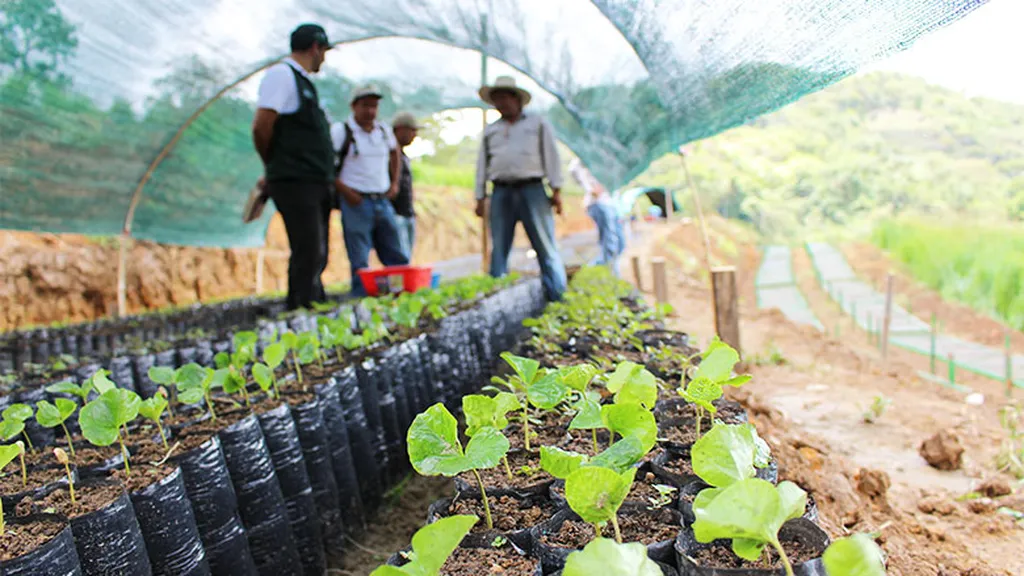In the heart of the Peruvian Andes, researchers are uncovering innovative ways to boost lily production, a flower that stands as a titan in the global florist industry. Oscar Tomanguilla-Llanos, a scientist at the Research Institute for the Sustainable Development of Ceja de Selva (INDES-CES) at the National University Toribio Rodríguez de Mendoza, has been delving into the potential of silver nanoparticles (AgNPs) and a plant growth regulator called 6-Benzylaminopurine (BAP) to enhance lily bulblet production. His recent study, published in the journal Scientific Reports (translated as “Scientific Reports”), offers promising insights that could reshape the future of lily cultivation.
Lilies, with their vibrant colors and elegant forms, are a staple in the cut flower market. However, their production and propagation methods have room for improvement. Tomanguilla-Llanos and his team set out to investigate the effects of AgNPs and BAP on two popular lily cultivars, ‘Hyde Park’ and ‘Yellow Diamond’. Their goal was to optimize protocols for regeneration and growth, ultimately aiming to increase yield and efficiency in lily production.
The study revealed that the combination of AgNPs and BAP could significantly influence bulblet regeneration and plant growth. For instance, in the ‘Hyde Park’ cultivar, the right mix of AgNPs and BAP led to an average of 5.6 bulblets, a notable increase compared to control groups. “The interaction between these treatments is complex and depends on various factors, including concentration and cultivar type,” Tomanguilla-Llanos explained. “This underscores the need for tailored approaches to optimize results.”
The research also highlighted the potential of AgNPs alone. In the ‘Yellow Diamond’ cultivar, AgNPs at 50 mg/L without BAP produced a higher number of bulblets (3.2). This finding suggests that silver nanoparticles could play a crucial role in lily propagation, offering a new tool for growers to enhance their yields.
The study’s implications extend beyond the lab. For the florist industry, these findings could translate into more efficient production methods, higher yields, and ultimately, greater profitability. As the demand for lilies continues to grow, innovative approaches like those explored by Tomanguilla-Llanos and his team could become integral to meeting market needs.
Moreover, the research opens up new avenues for exploring the use of nanotechnology in agriculture. “Nanotechnology offers a wealth of opportunities for enhancing plant growth and development,” Tomanguilla-Llanos noted. “Our study is just the beginning, and we hope it will inspire further research in this exciting field.”
As the world seeks sustainable and efficient agricultural practices, studies like this one provide valuable insights into the potential of cutting-edge technologies. For the lily industry, the future looks bright, with innovations on the horizon that could revolutionize the way we grow and cultivate these beloved flowers.

